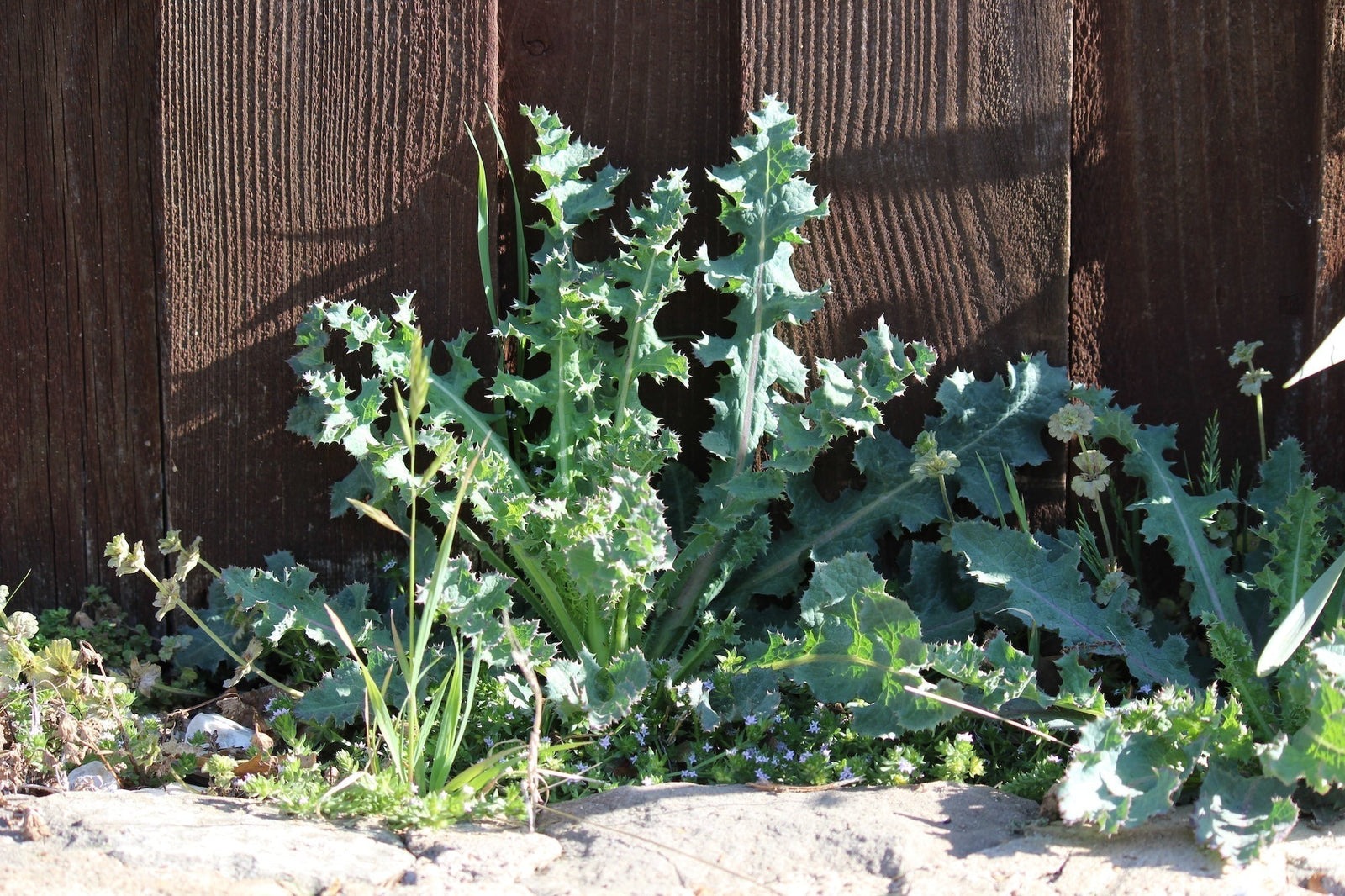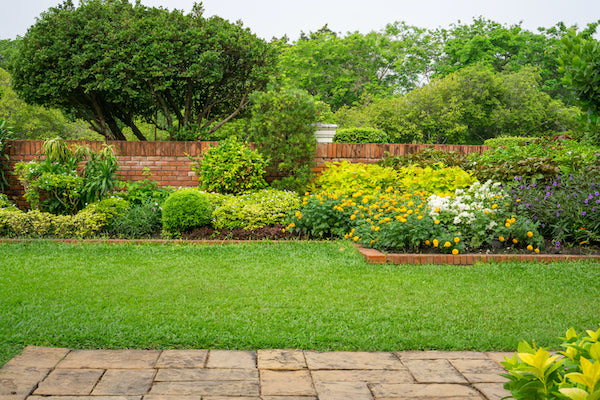
This is the time of year when warm-season lawns, such as Bermuda, zoysia, and St. Augustine are looking their best, but cool-season lawns such as Kentucky bluegrass, perennial ryegrass, and tall fescue are looking their worst.
Water warm-season lawns deeply and infrequently, feed them every month to six weeks (according to your package label), and mow them as short as possible.
Continue to water cool-season lawns regularly, cut them high, and feed them lightly, if at all.
Control crabgrass when it turns red. Now, in August, you have another chance to control crabgrass – this time when it goes red in color but before it sets seed. Use a product such as Bayer All-in-One Lawn and Weed & Crabgrass Killer. Be sure to follow the directions on the package and not to use these products in the middle of a hot day. Water deeply the day before use, and then avoid watering again as long as possible. For best results pull out the clumps after they die. (Another possible control is to spot-treat with glyphosate, but it will kill anything it touches so only use in areas you want to kill!)

Control pests and diseases on cool-season lawns. Dead or brown patches often disfigure cool-season lawns now even if you water and feed lightly. Take hold of a tuft of grass in one of the bad patches and yank up on it. If the patch is circular and grass blades pull off at the roots but the roots stay in the ground, the problem may be brown patch fungus. Some other fungus diseases cause variously shaped brown patches; with these the grass sticks tight when you pull on it. In some cases there’s a dark green or grayish green line or circle around the damaged patch. Other common lawn fungi.
Treat affected grass with fungicide. Always read the entire label and follow all directions and precautions carefully. Unless you use a product that already contains fertilizer, be sure to follow up treatment with a light application of fertilizer. Water early in the morning, not late in the day. Aerate the ground to improve water penetration.
If you’ve noticed large numbers of moths fluttering in a zigzag pattern over the lawn in the evening and the grass blades are chewed off at ground level, look among the roots for silky white tubes with brown or gray black-spotted grubs in them. These are signs of sod webworm. For this, treat the lawn with a spray or granular product recommended for controlling webworms.
If the grass is loose and comes up like a mat, roots and all, the problem is white grubs. Roll the turf back and look for curled white grubs living under the turf and eating the roots. (In the Southern California area, these are not grubs of the Japanese beetle, as is the case in the East and Midwest, but they are the grubs of several other beetles.) Treat with a product recommended for the control of white grubs, such as diazinon. They’re easiest to kill when young, but you may have to treat more than once.



